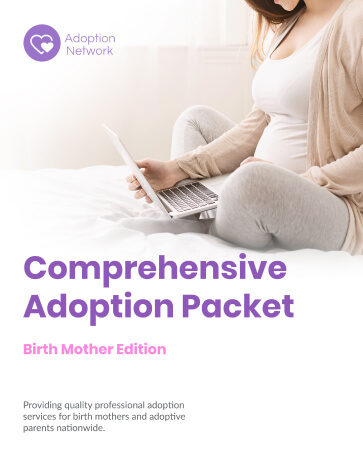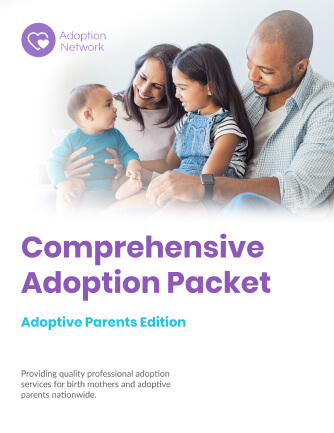
Adoption Choices for Expectant Parents
There are many adoption choices you will be asked to make during your pregnancy. Once you start your adoption plan, you will need to choose an adoptive family, decide how much contact you want with them during your pregnancy and if you want to maintain contact after you place your child into his/her new home.
Unless a court has terminated your parental rights or you do not want to make the choice, the final decision of who will parent your child is frequently left to you. Choosing an adoptive family may be done with the assistance of your attorney, an adoption agency, personal networking, social media or print ads.
Singles and couples looking to adopt are screened in the state in which they live. They need to be pre-approved to adopt, meaning they have met state standards which include being physically and emotionally healthy, financially secure and free of any criminal or abuse history which would interfere with them parenting. After they have received this approval, they begin the search for a child, which often includes finding you during your pregnancy.
While adoptive parents are looking for you and interested in your background, you may be interested in finding out about their personalities, interests, lifestyle, religious beliefs, siblings or their plans to add more children to the family or their extended family. While you will receive information from your attorney or adoption agency, you may also want to talk directly to the adoptive parents.
There are varying degrees of contact during an adoption process. In a closed adoption, all information is shared through a third party, such as an attorney or adoption agency. Your information is kept private. Open adoptions include various types. You will have the opportunity to talk to and meet them during your pregnancy, before the transfer sharing of custody of your child and after placement. A semi-open relationship typically involves sharing of first names, city of residence, phone calls, emails and texts. An open adoption relationship adds full names and residences, and frequently, in-person meetings. These types of contacts take place during the pregnancy, at the time of birth and transfer of the child’s custody to the adoptive parents. Most birth and adoptive parents feel the contact creates a sense of trust and security focused on the child’s well-being.
Some open adoptions include ongoing contact after the placement of the child into the adoptive home. In some states, a Post Adoption Contract Agreement (PACA) is signed by birth and adoptive parents. Each PACA is individualized and should be designed with the child’s best interests in mind. Frequently included is a schedule of written communication or in-person meetings between the birth and adoptive families in the years after the adoption placement and finalization. It needs to be noted that you or the adoptive parents may feel differently as the years progress, and the child may have his/her own wishes and needs for contact. PACAs are not always legally enforceable.
Making an adoption plan, and the many decisions that go along with it, is not always easy. If you need more time, you are entitled to it. There are social workers, counselors and attorneys who can help guide you, but will not make the decision for you. No one, including any professional or family member, should pressure you into making a decision. They can, however, help you sort through your options and get answers to your questions.
Your comfort level in making an adoption plan for your child is paramount in deciding if you will have personal contact during the pregnancy and after the placement. It will determine your ability to find out how your child is doing and be available to give information should questions arise over the years. It will provide your child with direct information to help them understand your decision and circumstances surrounding their adoption, as well as remove the mystery of who you are. Consider what seems right for you at this time and be prepared to adjust your level of contact over the years, as you and your child’s lives evolve.


×
Search Adoption Network
Speak with a Specialist 1-800-367-2367
